Yard Hydrants are a Non-Freeze Valve that helps provide water all year round. This product is used in many applications due to its unique features. In this blog, we are going to look at how these products operate and some common places that they are used.
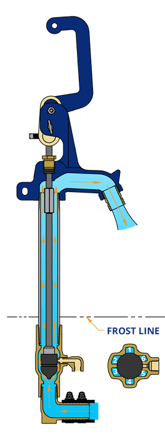
How a Yard Hydrant Works
OPENING
Lifting the handle raises the connecting rod and plunger off of the valve seat. The raised plunger allows water to flow through the valve body and up the stand pipe. In addition, raising the plunger closes off the drain port.
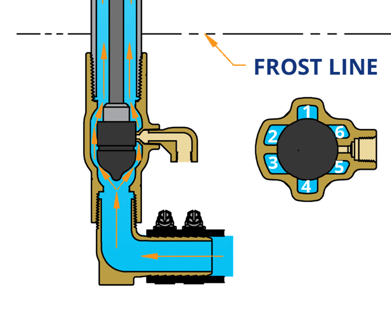
The raised plunger closes off the drain port and allows water to flow through the valve port, past the plunger. The water then flows through flow channels up the stand pipe, and finally out the discharge spout.
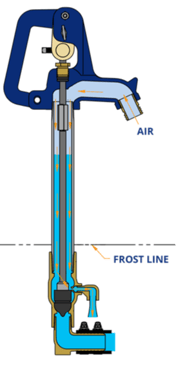 CLOSING
CLOSING
Closing the handle lowers the connecting rod and plunger down onto the valve body seat. The lowered plunger stops water from the service line and opens the drain port. This allows the water in the stand pipe to drain back down and out of the drain port into the crushed stone drain bed.
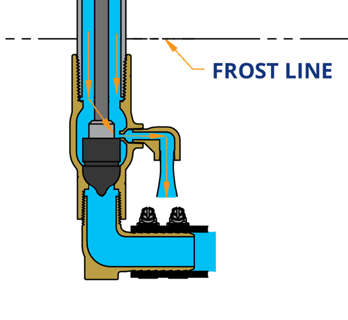
For proper draining to occur, air must be able enter in through the spout. Attaching a hose or some other device to the spout can prevent air from getting in and therefore stopping the draining process.
It takes approximately 45-60 seconds to fully drain on a 4ft bury yard hydrant. The drain port in the valve body is below the frost line so all water above that is drained out and the risk of freezing is eliminated.
Common Places Where Yard Hydrants are Used
Farms
This is one of the most popular uses for Yard Hydrants. On a farm, water is needed in many remote locations throughout the entire year. With a Yard Hydrant, you are able to effectively get water to these places no matter what the temperature outside is. This saves having to lug water from one building to another in order for animals to get water.
Campgrounds
Campgrounds are another fantastic place to use Yard Hydrants. Due to the amount of water needed in many different locations, hydrants often are installed all around so people have easy access to water. This saves time for people getting water and also increases the serviceable area that you can have. On smaller campgrounds, centralized water sources may be doable, but when you are on larger ones, people are only going to walk so far to get water.
Rural Residences
Another popular place to have Yard Hydrants installed is at rural residences. There are many houses that may not be on a farm, but have other buildings and or large areas of land where water may be an asset.
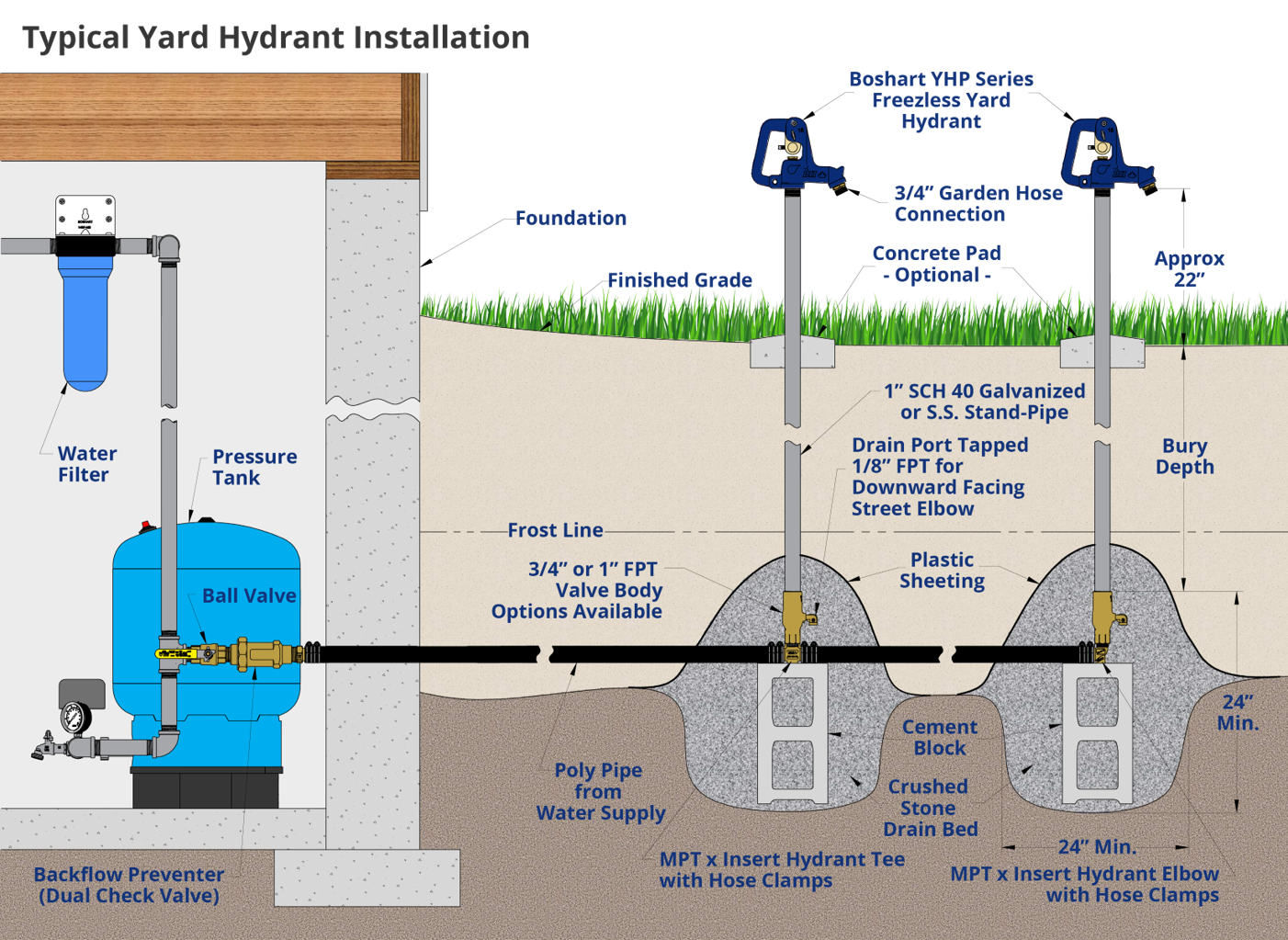
In conclusion, yard hydrants are the easiest way to provide running water outside no matter what time of year it is.
Have further questions about this subject?

Head over to Boshart's Knowledge Base: technical product information, guidelines, and more.


![[Video] 3 Features to Look for in Your Next Flexible Coupling](https://blog.boshart.com/hubfs/35.jpg)

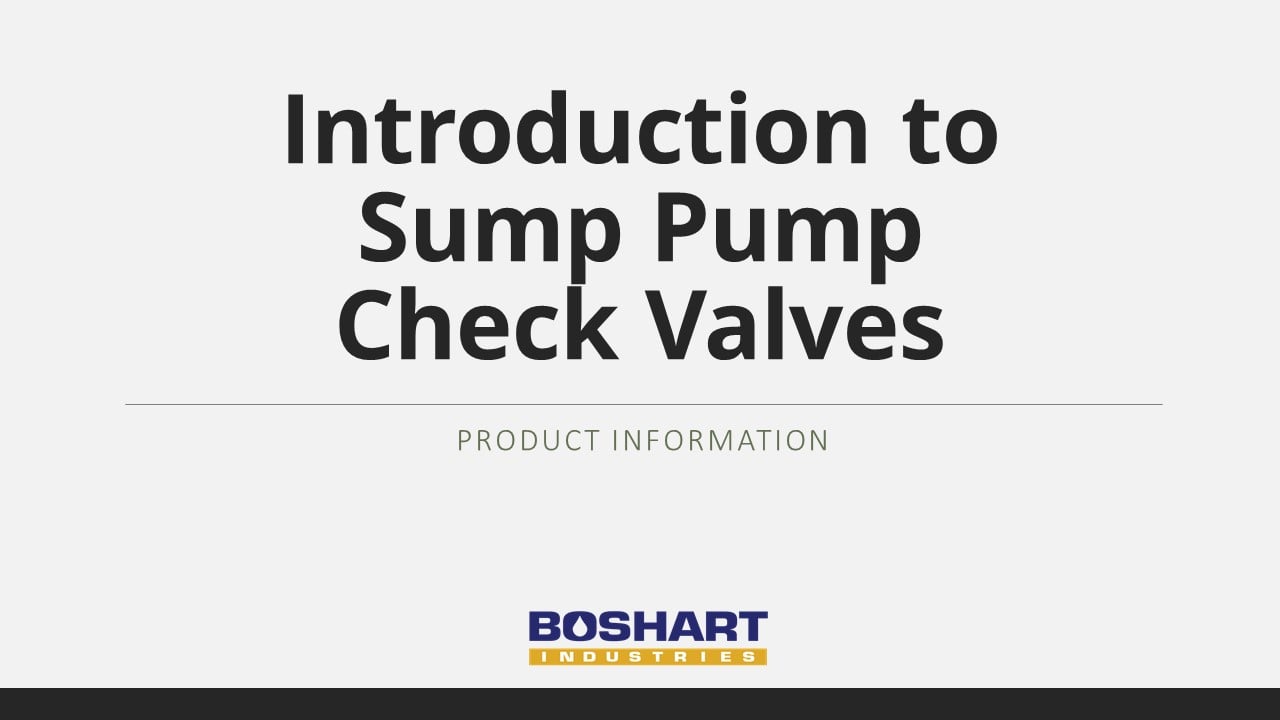
SHARE